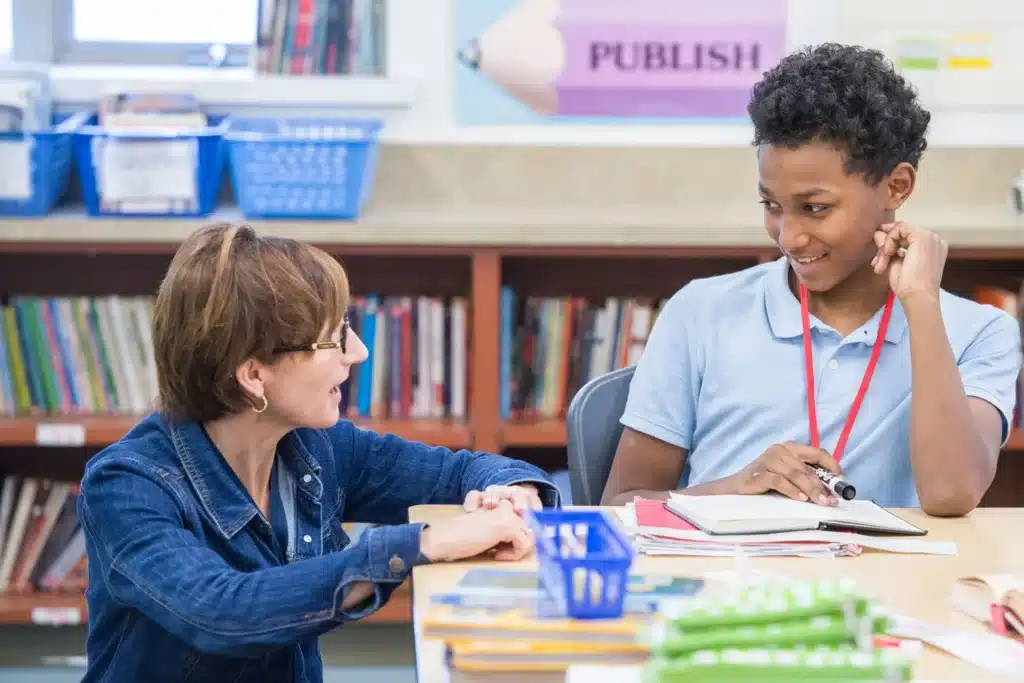
When implementing Responsive Classroom practices with older elementary students, educators often wonder how to introduce positive time-out in a way that feels developmentally appropriate. While the strategy is commonly used with younger children, it can be just as effective with upper elementary students—if introduced with care, clarity, and respect.
One effective way to introduce positive time-out to older students is by using a relatable analogy—like a sports timeout. For example, a teacher might say:
Picture yourself playing in a basketball game, and your team starts losing focus. You’re making sloppy passes and wild shots. What does the coach do? They blow the whistle and call, ‘Time out!’ It’s a brief pause—just enough time to reset. The coach might say, ‘Look for the open player. Take smart shots. Keep your eye on the ball. Now get back out there!’ That’s what our positive time-out chair is all about. It’s a moment to refocus and gather yourself, so you can rejoin the group ready to do your best.
This analogy helps students understand that positive time-out isn’t a punishment. Instead, it’s a tool for regaining self-control and getting back on track, much like athletes do during a game.
Before introducing positive time-out, it’s essential to build a strong classroom community. Start the year by guiding students through creating their hopes and dreams and codeveloping class rules. These foundational steps give students a sense of ownership and clarity around expectations.
When positive time-out is introduced as part of a larger framework they helped create, students are more likely to see it as a supportive strategy connected to their goals and the class agreements.
For positive time-out to be effective, it must be used consistently and equitably. That means applying it to all students who need a moment to regroup—whether it’s the girls whispering on the sidelines or the boys jostling in the circle.
Older students, especially those in sixth grade, are quick to notice when classroom systems are applied unfairly. Using positive time-out with integrity builds trust and reinforces that it’s meant to help everyone stay focused and successful.
When introduced with purpose and used with consistency, positive time-out becomes a powerful tool for older students. It fosters emotional regulation, responsibility, and reflection—all essential skills for lifelong learning.
By helping students understand that everyone needs a reset sometimes, educators can create a classroom culture where positive time-out is seen as an empowering strategy, not a punitive one.
Mike Anderson contributed to this article.